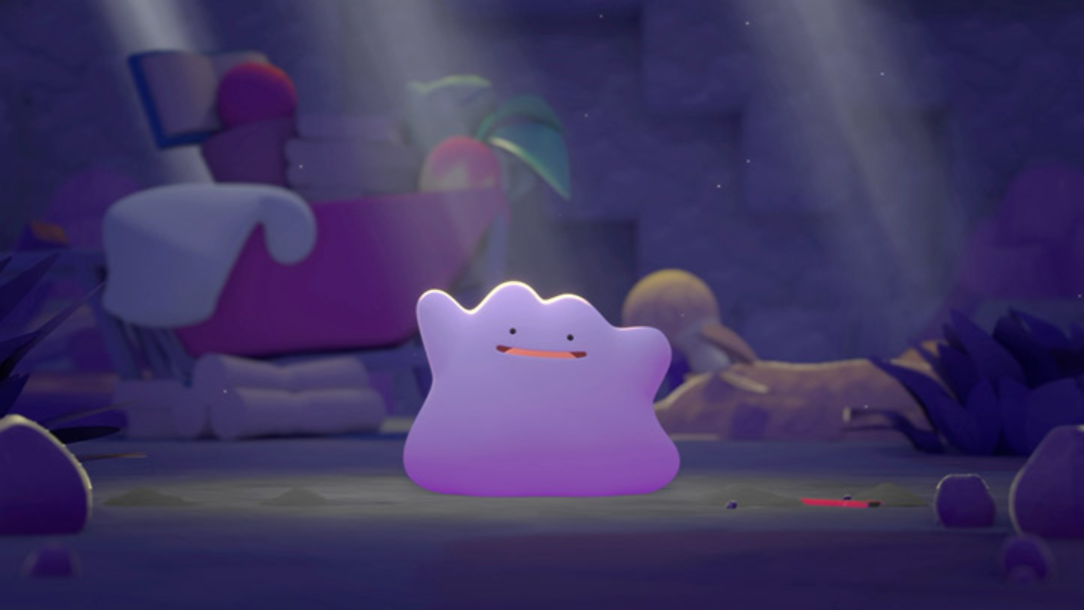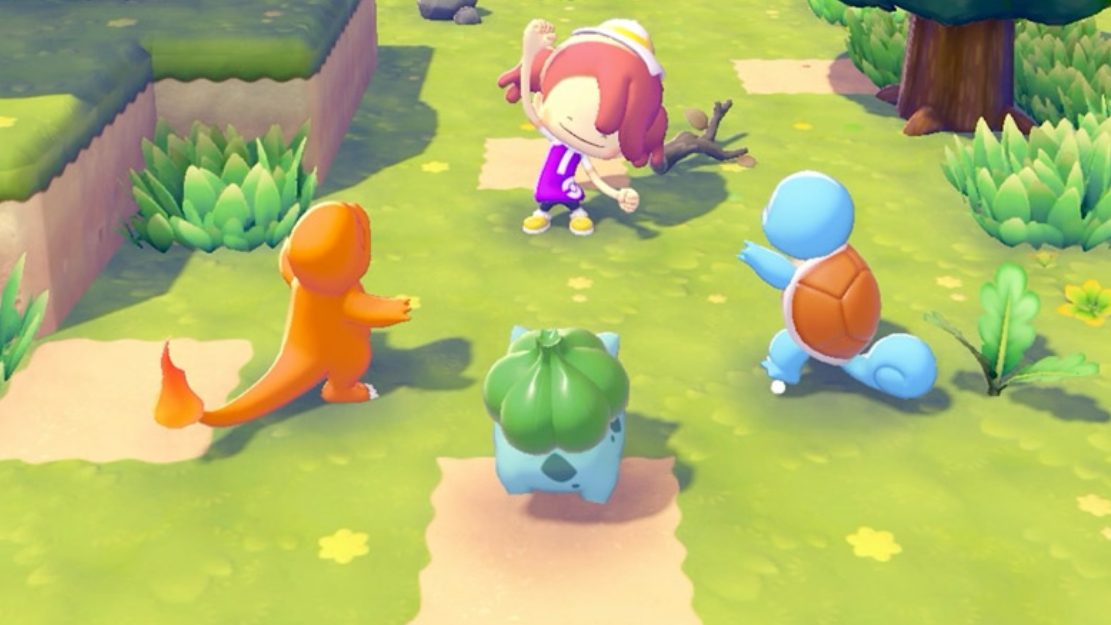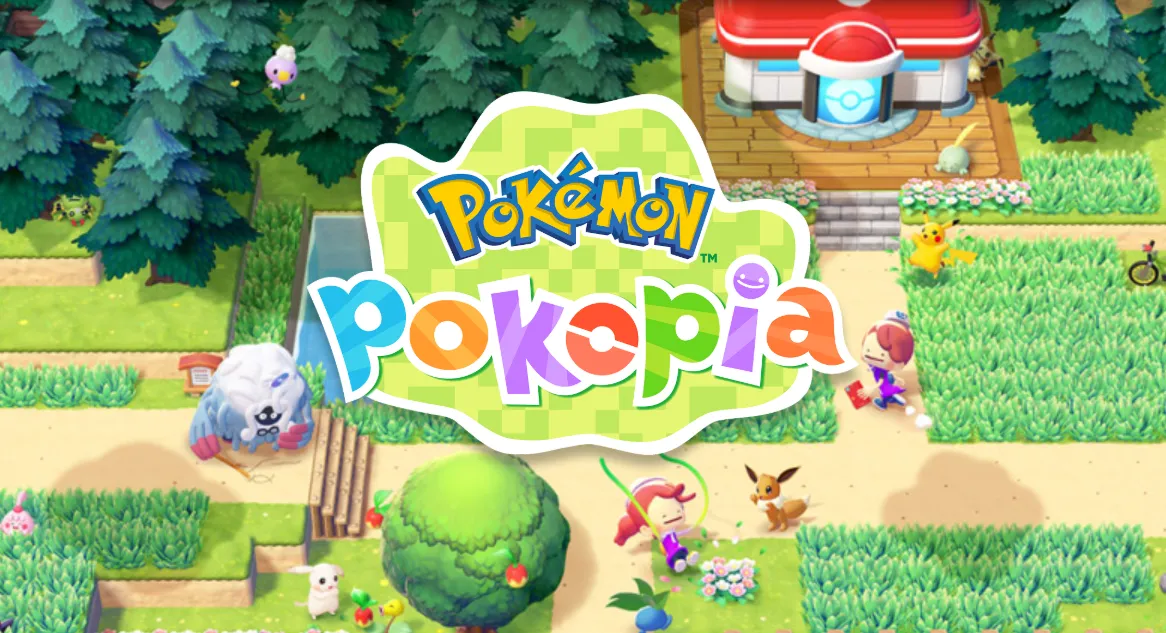Pokémon Pokopia takes the series in a different direction: no gyms, no leagues, and no trainer battles—just a Ditto trying to rebuild a world for Pokémon to live in.
Pokemon Pokopia release date, price, and editions
| Region | Release date | Platform | Price (standard) | Players |
|---|---|---|---|---|
| Worldwide | March 5, 2026 | Nintendo Switch 2 | $69.99 / £58.99 | 1–4 |
Pokémon Pokopia launches worldwide on March 5th, 2026 as a full-price first-party release for Nintendo’s second-generation hybrid console. The game is positioned alongside other big Switch 2 exclusives in early 2026, and it follows Nintendo’s newer $70 pricing for flagship titles in the US, with regional equivalents elsewhere.
Both physical and digital versions are planned. Physical boxed copies on Switch 2 use Nintendo’s new Game-Key Card format in some regions, which ships a card containing a download key instead of game data. If you prefer a straight digital download, Pokopia is listed on Nintendo eShop and My Nintendo Store for pre-purchase once logged into your Nintendo Account.
Early buyers get a small in-game bonus: a Ditto rug cosmetic item you can place in your home, available to those who purchase within the initial promotional window after launch.
Pokemon Pokopia platforms and Switch 2 exclusivity
Pokopia is designed specifically for Nintendo Switch 2 and is not being developed for the original Switch. Store listings and official communications make it clear that the life sim is a Switch 2 title only, so you’ll need the newer hardware to play.
Multiplayer supports up to four players in a shared town. That can be local or online, but online co-op requires a Nintendo Switch Online membership and one compatible controller per player.
| Platform | Supported | Notes |
|---|---|---|
| Nintendo Switch 2 | Yes | Native release, supports handheld, tabletop, and TV modes. |
| Original Nintendo Switch | No | No version announced. |
| Other consoles / PC | No | No ports announced; Pokémon spin-offs historically stay on Nintendo hardware. |
Language support at launch covers all the usual Pokémon regions, including Japanese, English, French, German, Italian, Spanish, Korean, and Chinese.

Setting and story: a world where humans are gone
Pokopia quietly leans into one of the strangest Pokémon premises so far. The game opens in a ruined land where humans and Pokémon once lived together, but people have vanished. The grass is dead, trees are withered, and only a solitary Tangrowth—Professor Tangrowth—is still around, wearing old human tools and acting as your guide.
Your protagonist is a Ditto that wakes up from a long sleep, transforms into a human-like form, and decides to rebuild the area for Pokémon to live in again. The trailers show Ditto emerging from an abandoned Poké Ball and discovering a sand-covered Pokédex with a trainer portrait obscured, hinting at a more personal backstory that the game hasn’t fully spelled out yet.
There’s no traditional villain or looming disaster. The tension comes from slowly healing the land, understanding what happened to the old settlement, and making Pokopia livable again for a growing cast of creatures.
Core gameplay: life sim, crafting, and habitat design
Structurally, Pokémon Pokopia is a life simulation game that mixes elements of Animal Crossing, Minecraft-style building, and the structured tasks of Dragon Quest Builders. The focus is on:
- gathering resources,
- constructing buildings and paths,
- designing habitats that attract specific Pokémon, and
- fulfilling requests from residents so the town can grow.
You roam a world built out of chunky, blocky terrain with distinct biomes—grassy fields, mountains, shores, and more. Ditto can break rocks, chop or gather wood, and harvest other raw materials, then take them to a workbench to craft furniture, fences, lamps, roads, bridges, and house parts. Fields can be tilled to plant vegetables and other crops that feed residents or decorate the environment.
The habitat system is the backbone of progression. Each Pokémon species prefers certain conditions: water features, dense greenery, elevated areas, or particular structures. By placing items and shaping the landscape, you essentially “tune” different parts of the map to invite new residents. Once a Pokémon settles down, it can teach Ditto a move, open new building options, or ask for help via specific requests.
Time passes with a real-time day-and-night cycle and changing weather. Different Pokémon appear or behave differently depending on the time of day and conditions, and lighting and ambience in the town shift to match.
Ditto’s role: transforming into Pokémon and humans
Pokopia’s most important mechanic comes from its protagonist. You control a Ditto that has chosen a stable humanoid form but still retains the classic ability to transform. That flexibility is used as your primary toolset instead of traditional items.
Each time you befriend a Pokémon and complete key requests, Ditto can learn one or more of that Pokémon’s moves, which then become environmental actions. Examples shown so far include:
| Move | Source Pokémon | Environmental effect |
|---|---|---|
| Leafage | Bulbasaur | Grow new grass, shrubs, and other greenery across barren areas. |
| Surf | Lapras | Transform into Lapras to cross lakes and seas and reach new islands. |
| Glide / flight-style move | Dragonite | Leap or fly between high points, expanding vertical exploration. |
| Rock Smash | Various | Break walls and large rocks to clear paths and create new spaces. |
These moves are used both for exploration—opening new biomes, islands, or cave systems—and for shaping habitats so the town can keep expanding. You’re not just placing decorative items; you’re literally terraforming enough to draw new residents in.
The human appearance of Ditto is customizable. You can switch hairstyles and clothing, and those cosmetic choices exist alongside the more functional transformation-based gameplay.
Requests, progression, and multiplayer
Rather than following a single linear main quest, Pokopia is structured around Pokémon requests and regional “problems” you fix over time. Residents might ask you to:
- repair damaged buildings or bridges,
- free them when they’re stuck or blocked in,
- add specific objects or terrain features to their habitat, or
- solve larger environmental issues affecting an entire area.
Completing these tasks nudges the town forward: new Pokémon arrive, new recipes unlock, and Professor Tangrowth’s wasteland slowly becomes a functioning village. It’s a slow-burn structure, closer to a cozy routine than a rush to credits.
Multiplayer lets up to four people work on the same world. Other players’ Ditto characters can visit your town, help gather materials, build structures, and participate in little interactions like jump rope with Bulbasaur vines or group construction sequences where multiple Pokémon (and players) pitch in to raise a house. The game supports shared sessions on a single console as well as online play when everyone has their own Switch 2 and a Nintendo Switch Online subscription.
Peculiar Pokémon and new variants in Pokopia
The cast mixes familiar faces with several new regional-style variants created specifically for Pokopia’s setting and tone. Many of the 1000+ existing Pokémon will not appear; the game instead picks a curated lineup that fits its slower pace and building focus.
Key characters and variants
| Name | Type / origin | Description | Role in Pokopia |
|---|---|---|---|
| Professor Tangrowth | Tangrowth variant | A Tangrowth with gray vine “hair,” a beard-like vine, and human tools integrated into its design. | Acts as the professor figure and guide, the last longtime resident of the ruined settlement. |
| Peakychu | Pikachu variant | An unusually pale Pikachu with drooping ears and a soft glow, visually closer to a ghostly mascot. | A “peculiar” resident attracted to your developing town; details of its abilities remain light for now. |
| Mosslax | Snorlax variant | A Snorlax completely overgrown with moss, with a flower blooming on its head, implying an extremely long sleep. | Appears as a huge environmental character; its presence is tied to the land’s overgrowth and recovery. |
| Smearguru | Smeargle variant | A Smeargle splattered in multicolored paint, leaning into the painter motif, with a more vibrant tail “brush.” | Functions as a creative resident; likely tied to decorative or artistic aspects of town building. |
Alongside these, Pokopia includes a spread of well-known species that fit a low-conflict, domestic setting: early-route birds like Pidgey, starters such as Bulbasaur, Charmander, and Squirtle, Eevee and multiple Eeveelutions, and a cross-section of cuter or more expressive designs from later generations. The roster is still being revealed gradually, but the emphasis is clear: this is a curated community, not a catch-all National Pokédex.

How Pokemon Pokopia fits into the series
Pokopia is developed by Omega Force, the Koei Tecmo team usually associated with musou action titles and collaborations like Hyrule Warriors and Persona 5 Strikers. Here, that studio is pivoting to a slower, construction-focused pace while still leaning on its experience with large maps and systemic interactions.
Compared to mainline entries like Pokémon Legends: Z-A and the upcoming tenth-generation games, Pokopia sits firmly in spin-off territory. It doesn’t replace traditional RPG releases and doesn’t seem aimed at the competitive or catching-focused crowd. Instead, it fills a gap that has existed for years: a Pokémon game where the point isn’t battling or collecting, but simply building somewhere for these creatures to live.
For players who bounced off more intense action or who treat Pokémon primarily as comfort characters, Pokopia is positioned as a long-lived, low-pressure sandbox. The March 2026 launch gives it a clear slot on the Switch 2 calendar—and a rare chance for Pokémon to try a different kind of paradise.


